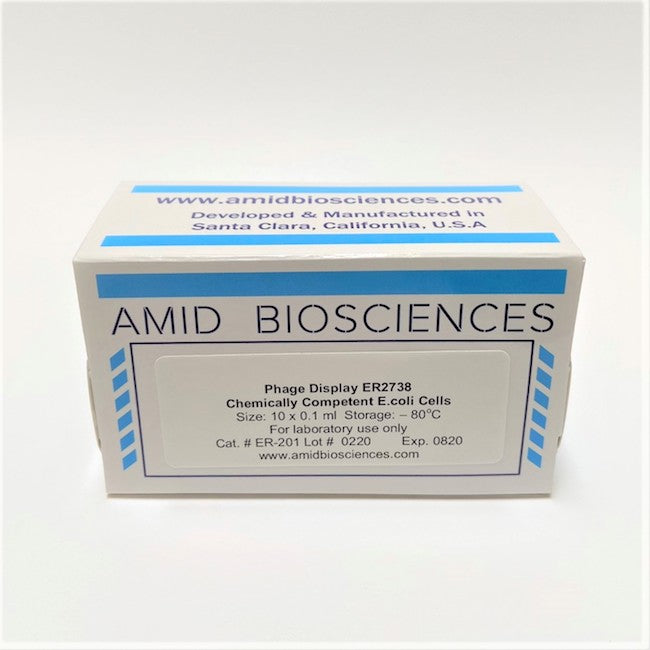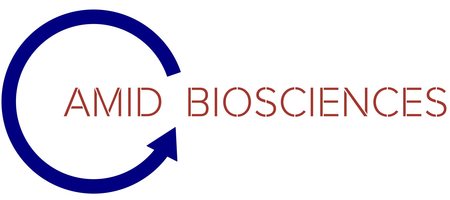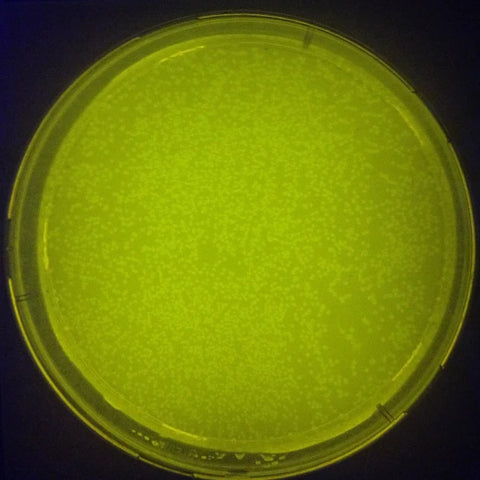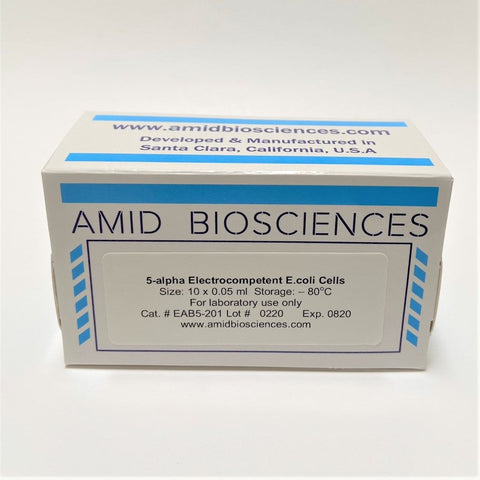
Amid Biosciences
Phage Display ER2738 Chemically Competent E. coli Cells
The E. coli strain ER2738 is an amber suppressor (glnV) F+ strain with a rapid growth rate and is particularly well-suited for M13 phage propagation. Amid Biosciences’ high efficiency chemically competent ER2738 cells can be used for phage display, antibody phage display library construction and screening. The F-factor of ER2738 contains a mini-transposon which confers tetracycline resistance, so cells can be selected by plating and propagating in tetracycline-containing medium. ER2738 cultures for infection can be grown either in LB or LB+Tet media. Tetracycline does not need to be added to media during phage amplification. Loss of F-factor in nonselective media is insignificant as long as cultures are not serially diluted. Although ER2738 is a recA+ strain, there are no reports on spontaneous in vivo recombination events with M13 or phagemid vectors.
ER2738 cells are recommended for use with New England Biolab′s Ph.D.™ Phage Display Kits (1). ER2738 chemically competent cells are supplied as a pack of 10 convenient 100 µl per tube aliquots (sufficient for 20 reactions).
ER2738 electrocompetent E.coli cells are also available.
Bulk quantities and custom packaging are available at very competitive prices for all Competent Cells.
Catalog # ER-201
Genotype:
F´proA+B+ lacIq Δ(lacZ)M15 zzf::Tn10(TetR)/ fhuA2 glnV Δ(lac-proAB) thi-1 Δ(hsdS-mcrB)5
Features and Benefits
- Transformation efficiency > 109 transformants /µg pBR322
- Useful for preparation of phage display libraries
- Fast-growing
- Amber suppressor (supE): UAG>CAG(Gln)
Storage: at -80°C.
International Shipping: Product requires shipping on dry ice. Please contact info@amidbiosciences.com for shipment estimates.
Usage: This product is intended for LABORATORY RESEARCH USE ONLY. Not for diagnostic or therapeutic use.
Application References
2. Tjhung K. et al. Intra-domain phage display (ID-PhD) of peptides and protein mini-domains censored from canonical pIII phage display. Front. Microbiol., 28 April 2015 | https://doi.org/10.3389/fmicb.2015.00340




